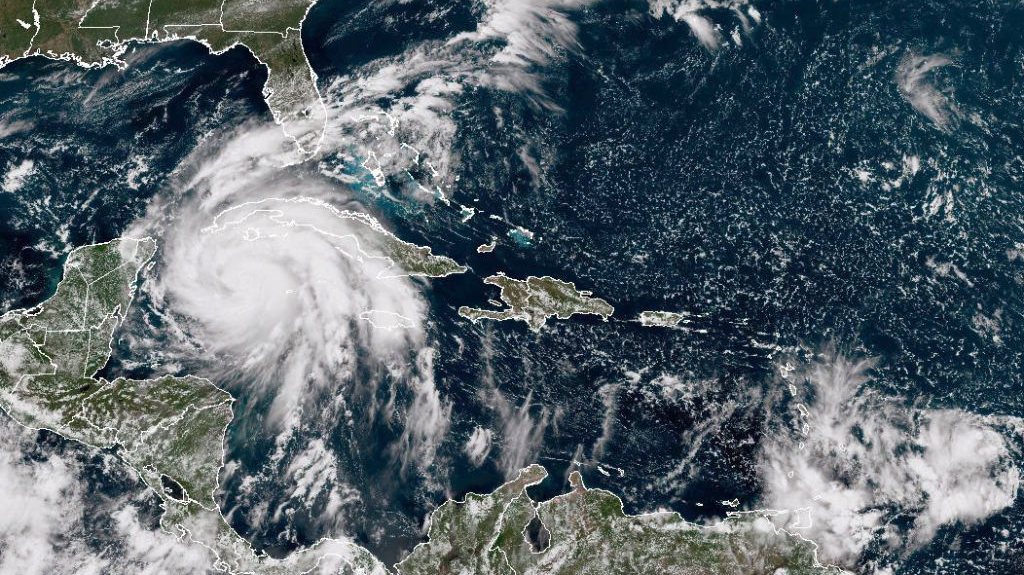[em atualização:]
The heavy rains and winds caused by Hurricane Ian hit western Cuba on Tuesday, where 50,000 people have already been evacuated from their homes, according to Cuban authorities.
Hurricane Ian reached category 3, according to the US National Hurricane Center (NHC).
Authorities in the Cuban province of Pinar del Río provided 55 shelters, mobilized and dispatched emergency teams to protect crops in Cuba’s main tobacco-producing region from the expected arrival of the hurricane.
The NHC said the west coast of the island is likely to experience severe storms, adding that wind speeds have already reached 185 kilometers per hour.
“Cuba expects extreme winds from the hurricane, as well as severe storms that are life-threatening,” NHC hurricane expert Daniel Brown told the Associated Press (AP) news agency.
In Havana on Monday, fishermen were pulling their boats out of the water along the famous Malecon boardwalk and city officials were unclogging gutters before the storm hit.
In El Fanguito in Havana, a poor neighborhood near the Almendares River, residents did what they could to get out of their houses.
“I hope we escape this one because it would be the end of us. We already have very little,” said health professional Abel Rodrigues.
After passing Cuba, Hurricane Ian is expected to further strengthen over the warm waters of the Gulf of Mexico before hitting Florida on Wednesday as a Category 4 storm packing 140 mph winds.
Some 300,000 people could be evacuated from low-lying areas in Hillsborough County alone, County Manager Bonnie Wise said. Some of these evacuations began Monday afternoon in the most vulnerable areas, with schools and other places open as shelters.
“We must do everything we can to protect our residents. Time is of the essence,” Wise said.
Floridians queued for hours in Tampa to collect sandbags and buy bottled water.
Florida Governor Ron DeSantis declared a statewide emergency and warned that Ian could affect large swathes of Florida, knocking out power and disrupting fuel supplies.
“There is a major storm that could end up becoming a Category 4 hurricane,” DeSantis said at a news conference.
“This is going to cause a lot of storms. We will have flooding and we will have many different impacts” in the state, the governor said.
DeSantis said the state has deployed 5,000 Florida State National Guard soldiers, with another 2,000 on standby in neighboring states.
US President Joe Biden also declared a state of emergency, authorizing the Department of Homeland Security and the Federal Emergency Management Agency to coordinate disaster relief and provide assistance to protect lives and property. Biden postponed a scheduled trip to Florida on Tuesday because of the storm.
NASA planned to slowly move its moon rocket from the launch pad to the Kennedy Space Center hangar, adding weeks of delay to the test flight.
Flash flooding is forecast for much of the Florida panhandle and heavy rain is expected in the southeastern United States later this week.
Source: Observadora
